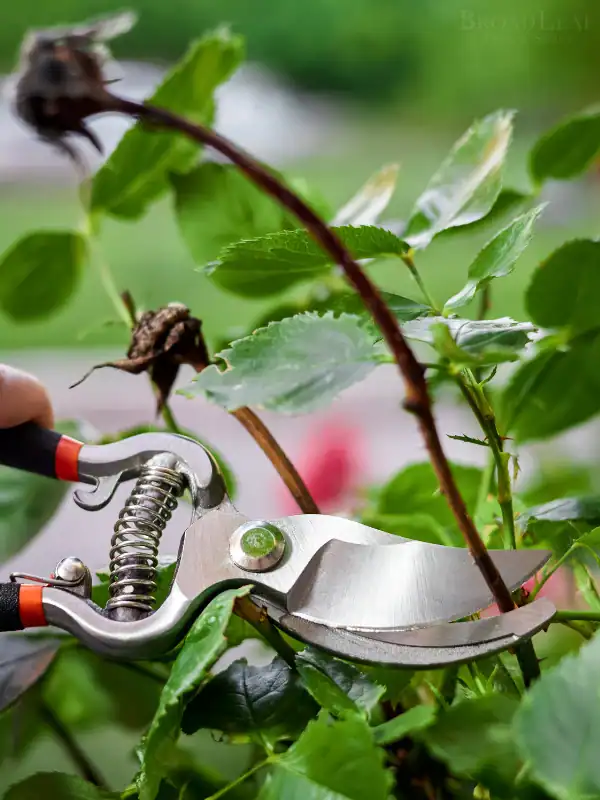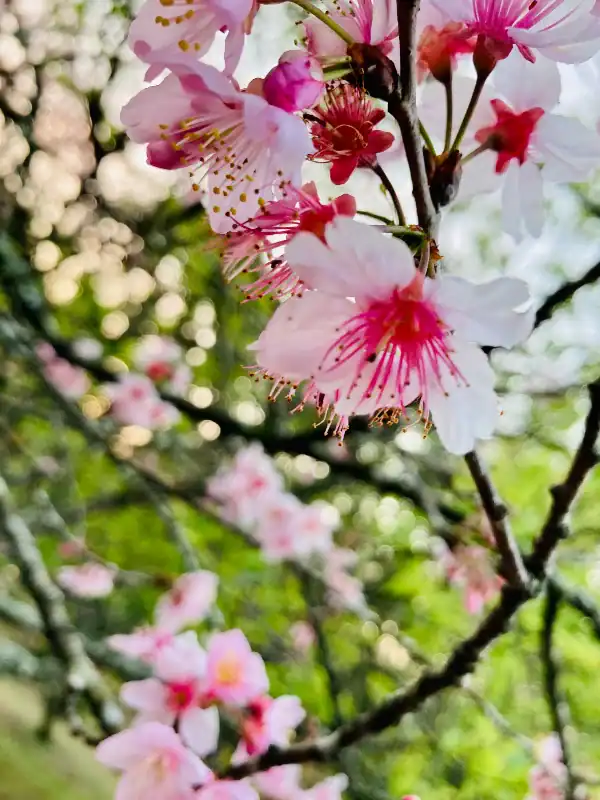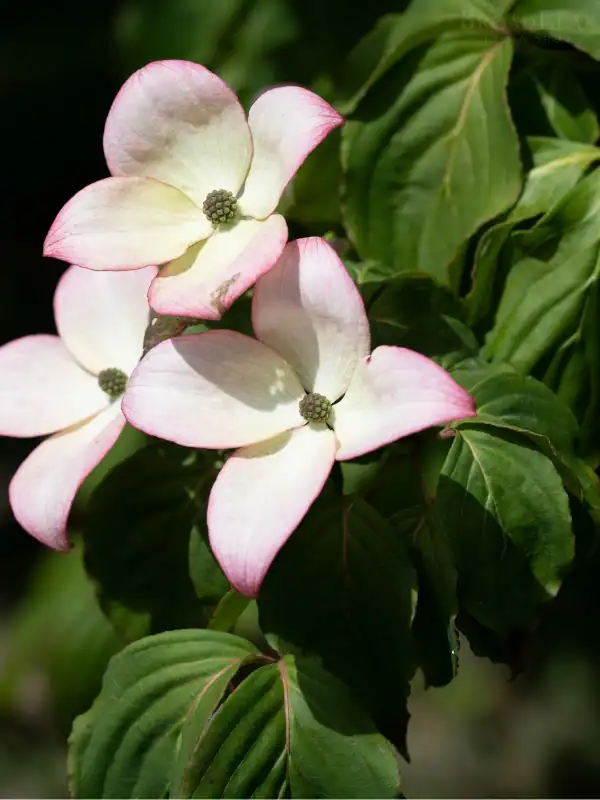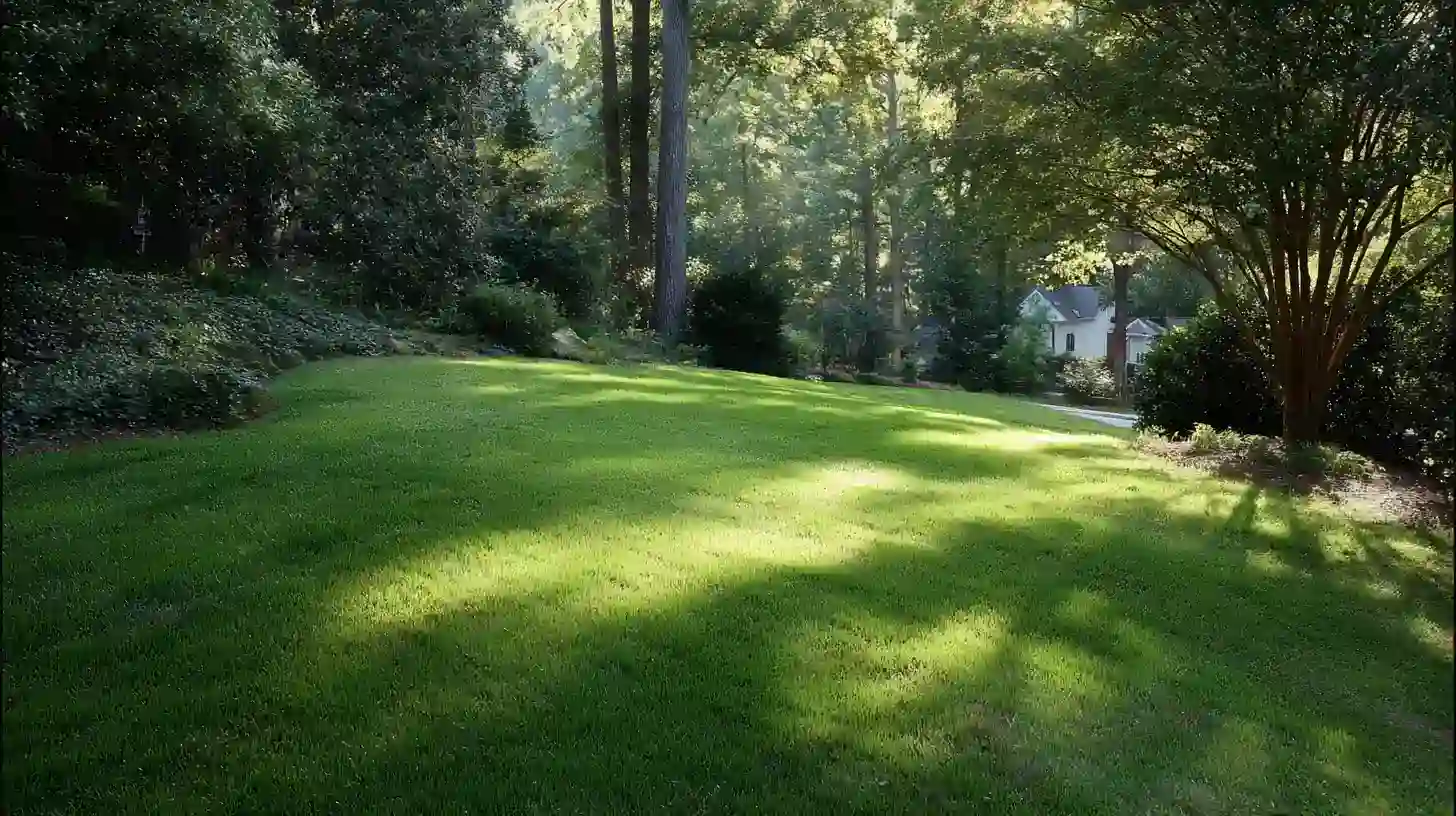Ornamental trees are the backbone of a beautiful landscape, bringing color, structure, and texture throughout the seasons. Yet even the most attractive tree can develop unusual shapes, weak growth habits, or structural problems if left unpruned.
Table of Contents

Knowing how to prune ornamental trees properly helps maintain a balanced canopy, promote healthy new growth, and enhance your landscape’s natural beauty. Whether you’re shaping a new tree, refining mature flowering trees, or managing fruit trees, regular tree pruning ensures that your trees remain strong, elegant, and proportionate to their surroundings. Join the Durham-area landscaping professionals from BroadLeaf Tree & Shrub as they share a 4-step guide on how to prune trees and shrubs properly, address common mistakes to avoid, and guide you on the best time of year to prune.
Examples of Ornamental Trees and Shrubs
An ornamental tree or shrub is planted primarily for its decorative or aesthetically pleasing value rather than for shade, timber, or fruit production. Ornamental trees are chosen for their visual appeal—such as colorful flowers, unique foliage, interesting bark texture, or graceful shape—and are often used to enhance landscapes, gardens, and property entrances.
Common examples include:
- Flowering cherry trees
- Japanese maples
- Dogwood trees
- Pear trees
- Crabapple trees
The Importance of Pruning Ornamental Trees
When done right, pruning ornamental trees preserves the tree’s natural form while preventing overgrowth, weak branch angles, and unnecessary stress on the trunk and roots, and helps avoid unusual shapes. It’s also key to maintaining good air circulation, helping your landscape stay healthy and free of disease.
Pruning ornamental trees provides both visual and practical rewards:
Health and Longevity: Removing dead and diseased branches prevents decay and allows light to reach interior branches, encouraging vigorous bud development and healthier foliage.
Safer Yards: Thinning large branches hanging over walkways or utility lines reduces storm damage risk and keeps the space safe for family and visitors.
Better Flowers and Fruit: With regular pruning, flowering trees and fruit trees that are pruned regularly produce more abundant blooms and consistent harvests due to improved sunlight and airflow.
Stronger Structure: Building a balanced framework of scaffold branches and a single central leader early in the tree’s life ensures stability as the tree grows.

The Best Time to Prune Ornamental Trees
Timing is everything when pruning ornamental trees. Cutting at the wrong time can remove branches that carry next year’s flower buds or trigger weak new growth before winter. The general rule is to prune trees during the dormant season or just after blooming, depending on whether the tree flowers on old or new growth.
Each season offers unique advantages, but also potential drawbacks—so knowing your tree’s growth habits is crucial:

Early Spring for Structure: In early spring or the dormant season, it’s easier to see the branch structure, identify dead wood, and make clean pruning cuts. This period is ideal for tree pruning and shrub pruning for plants that bloom on new growth.
After Flowering for Spring-Bloomers: Prune flowering trees like ornamental cherry or ornamental crabapple right after the bloom cycle ends. This preserves developing flower buds for the next season.
Light Touch In Late Summer: Avoid extensive pruning during late summer or early fall, since this can trigger tender new growth that won’t harden before winter frost.
Annual Pruning Rhythm: Practicing little pruning efforts every year is better than major corrections every few years. It’s a good practice that keeps trees healthy and attractive with minimal stress.
How to Prune Ornamental Trees — A 4 Step Guide
You don’t need to be an arborist to make smart, safe, proper pruning cuts. Think of pruning as tidying up the tree so light and air can move through the branches. Work slowly, step by step, and stop if you’re unsure—especially with big limbs. The goal is a healthier tree that still looks like itself when you’re done.
When a tree is young, guide its basic shape. Keep one main upright stem (the “central leader”) and a few strong side limbs spaced around the trunk (these are your “scaffold branches”). Snip off smaller branches that crowd the trunk or grow at very sharp angles. This early shaping sets your tree up to be sturdy and easy to maintain later.
If the canopy feels thick, remove whole branches that are dead, rubbing, or crisscrossing before you think about shortening anything. Taking out a few problem areas of branch density opens the middle of the tree so sunlight and air can get in. Make your final cut just outside the slightly swollen area where the branch meets the tree trunk (the branch collar) so the tree can seal the wound naturally.
To reduce length, cut a branch back to a smaller side branch that’s pointing in the direction you want future growth to go. As a simple rule, that side branch should be at least about one-third the thickness of the piece you’re removing. Avoid leaving stubs, and don’t overdo shortening—too many heading cuts can cause a flush of weak, straight shoots called water sprouts.
Aim to keep the tree looking like a neater version of itself, not a different plant. As a general rule, don’t remove more than about one-quarter of the living canopy in a single year. If a limb is large (about 3–4 inches thick or more), close to the house, or near power lines, bring in a professional—big cuts and tricky spots are safer in expert hands.
Common Tree Pruning Mistakes To Avoid
Even experienced gardeners make pruning mistakes that can harm long-term growth. Knowing what not to do is just as important as knowing how to prune ornamental trees properly. Avoiding these pitfalls will protect your investment and ensure a healthier, more attractive tree.
Cutting too much or removing large branches flush to the trunk can damage bark and slow healing. Always make cuts just outside the branch collar and limit extensive pruning to gradual adjustments across multiple seasons.
If left unpruned, small trees can quickly become oversized, crowding walkways or growing into utility lines. Anticipate future growth early, shaping trees to fit their space and surroundings.
Topping or cutting all major branches back to stubs leads to weak water sprouts and poor branch structure. Instead, thin branches selectively or shorten to a healthy lateral branch for stable future growth.
Pruning Ornamental Trees FAQs
How do you cut a weeping cherry tree?
Trim only the tips of the branches just above a healthy outward-facing bud, and remove any crossed or dead wood to keep its natural cascading shape.
How do you prune a Cleveland pear tree?
Thin crowded branches to open up the canopy and remove any narrow, upright limbs that could split later in strong winds.
How do you prune an ornamental cherry tree?
Prune right after it finishes blooming, removing dead, damaged, or rubbing branches while keeping its rounded, airy form.
How do you prune an ornamental pear tree?
Focus on removing weak, vertical shoots and crossed branches to maintain a strong, evenly spaced structure.
How do you prune an ornamental crabapple tree?
After flowering, remove dead or diseased branches and shorten overly long shoots to a side branch to preserve shape and encourage next year’s blooms.
How do I prune a Japanese maple tree?
Remove dead or crossing branches to open up the canopy. Focus on thinning—not heavy cutting—to enhance the tree’s natural, layered shape and keep its graceful appearance.
What is the best time of year to prune flowering trees?
Prune spring-blooming trees right after they flower to preserve next year’s buds. For species that bloom on new growth, pruning in late winter or early spring helps stimulate blooms.
Should I prune trees myself or hire a professional arborist?
For small trees or light trimming, homeowners can often prune safely with clean, sharp tools and proper technique. However, if your tree has large branches, is close to power lines, or requires climbing, it’s best to hire a professional arborist who can prune safely without damaging the tree or property.
Schedule a Tree Pruning Consultation Today
If your ornamental trees, flowering shrubs, or fruit trees need careful structural work, BroadLeaf Tree & Shrub is ready to help. Our tree and plant health care team provides professional tree pruning and maintenance that preserves health, enhances safety, and restores visual appeal. Whether your goal is better blooms, stronger scaffold branches, or simply maintaining an attractive tree year after year, we’ll tailor a plan for your property.
Fill out the form below to schedule a consultation and we’ll set up a time to evaluate your trees or shurbs and provide you with a quote.

